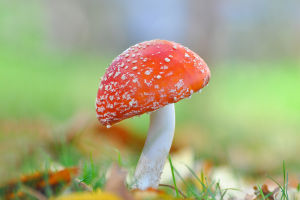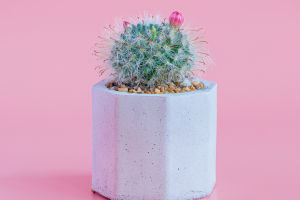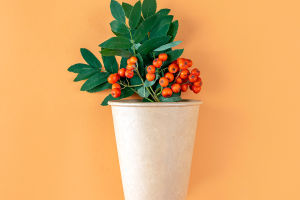Hello Lykkers! The cornflower, with its striking blue petals, is a delightful sight in meadows and fields.
Known scientifically as Centaurea cyanus, it is celebrated not only for its vibrant color but also for its historical significance and uses in folk medicine and culinary arts.
Ecological and Historical Significance
Traditionally found in the European countryside, cornflowers have a rich history. They were once a common sight in cornfields, hence their name. Over the years, changes in agricultural practices have led to a decline in their wild populations, making them a symbol of environmental awareness and the need for preserving natural flora.
Cornflowers in Gardening
Cornflowers are also favored in gardens for their striking appearance and ease of growth. Cornflower attract pollinators such as bees and butterflies, contributing to the health of the garden ecosystem. Cornflower drought-resistant nature makes them suitable for sustainable gardening practices.
Symbolism and Cultural Impact
In addition to their ecological and medicinal roles, cornflowers carry significant symbolism. In France, the cornflower is a symbol of remembrance and solidarity for veterans. It represents the memory of sacrifices made and the beauty of resilience.
Uses in Herbal Medicine
Cornflowers have been used in traditional herbal remedies for centuries. Cornflower are reputed to have anti-inflammatory properties and have been used to treat minor ailments such as water retention and fever. The petals, either dried or fresh, can be used to make a soothing tea which is also said to aid in digestion.
Culinary Uses
The vibrant blue petals of the cornflower make it a popular edible flower in culinary creations. Cornflower are used as garnishes in salads, desserts, and adding a splash of color and a mildly sweet to spicy flavor, which enhances the visual appeal and taste of dishes.
The cornflower is more than just a beautiful wildflower; it is a multi-faceted plant with deep ecological, medicinal, and cultural significance. Whether used in herbal teas, as a culinary decoration, or simply enjoyed in the wild, the cornflower continues to enchant with its vivid blue hues and versatile applications.


